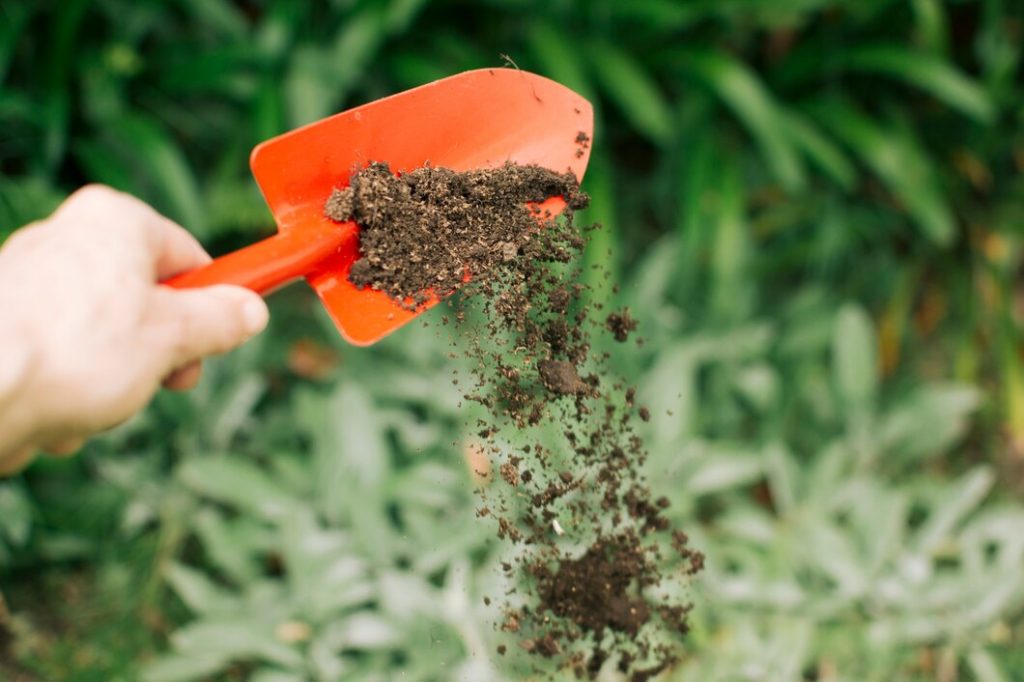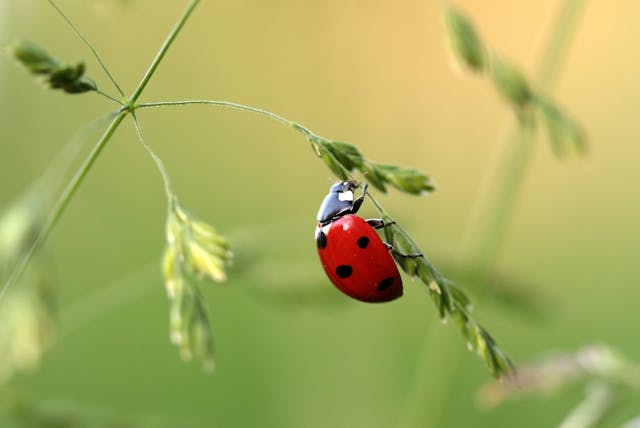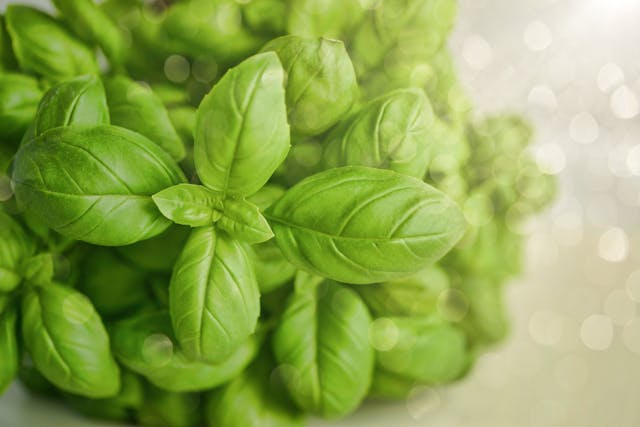- Embrace crop rotation to preserve soil health by planting different vegetable families in designated areas each year, preventing disease buildup.
- Create garden paths to reduce compaction, define planting areas, and utilize vertical gardening for climbing plants and structures.
- Upcycle materials like wooden pallets, old tires, and glass bottles to create a functional, aesthetically pleasing garden decor.
- Implement eco-friendly techniques like composting, water conservation, and natural pest control for a thriving, resilient, sustainable garden.
Introduction
Gardening is more than just a hobby; it’s a commitment to nurturing the earth and creating a sustainable environment. For eco-conscious gardeners, sustainability enthusiasts, and green living advocates, embracing eco-friendly gardening techniques is a powerful way to contribute to a healthier planet. This blog post will delve into various sustainable gardening practices that can transform your garden into an eco-friendly haven.
Explanation of Eco-Friendly Gardening Principles
Eco-friendly gardening aims to create a balanced ecosystem that supports plant health, conserves resources, and minimizes environmental impact. By focusing on natural processes and sustainability, gardeners can cultivate thriving gardens that benefit both people and wildlife.
Importance of Sustainable Gardening Practices
Sustainable gardening practices help preserve biodiversity, reduce waste, and reduce reliance on harmful chemicals. By adopting these methods, gardeners can:
- Improve soil health and fertility
- Conserve water resources
- Reduce carbon footprint
- Protect beneficial insects and wildlife
- Promote long-term garden resilience
Soil Health and Fertility
Healthy soil is the foundation of a thriving garden. It supports plant growth, retains moisture, and fosters beneficial organisms.

Organic Composting Methods
Composting transforms organic waste into nutrient-rich soil. It’s an essential practice for eco-friendly gardeners.
Benefits of Composting
- Reduces landfill waste
- Enriches soil with essential nutrients
- Improves soil structure and aeration
Step-by-Step Composting Guide
- Choose a compost bin: Select a suitable container or create a compost pile.
- Add organic materials: Kitchen scraps, yard waste, and paper products.
- Maintain balance: Balance green (nitrogen-rich) and brown (carbon-rich) materials.
- Turn the compost: Regularly mix the pile to aerate and speed up decomposition.
- Monitor moisture: Keep the compost moist but not waterlogged.
Natural Fertilizers
Using natural fertilizers nourishes plants without harming the environment.
Advantages of chemical Fertilizers
- Reduced chemical runoff
- Improved soil health and microbial life
- Lower risk of over-fertilization
Types of Natural Fertilizers and Their Uses
- Compost: General soil enrichment
- Manure: Adds nitrogen, phosphorous, and potassium
- Seaweed: Provides trace minerals
- Bone meal: Rich in phosphorous for root growth
Water Conservation Techniques
Water is a precious resource. Efficient water use in the garden helps conserve it and reduce waste.
Rainwater Harvesting
Collecting rainwater for garden use is a sustainable practice.
How to Set Up a Rainwater Collection System
- Install gutters and downspouts: Direct rainwater from your roof to a storage container.
- Choose a storage container: Use barrels or tanks designed for water collection.
- Add a filter: Prevent debris from entering the system.
- Connect a hose or watering can: Easily access stored water for your garden needs.
Drip Irrigation Systems
Drip irrigation delivers water directly to plant roots, reducing evaporation and runoff.
Benefits and Setup Guide
- Benefits: Saves water, reduces weed growth, and improves plant health.
- Setup Guide: Lay out the tubing, connect emitters, and adjust the water flow to meet plant needs.
Mulching to Retain Moisture
Mulching helps retain soil moisture, reduce erosion, and suppress weeds.
Types of Mulch and How to Apply Them
- Organic Mulch: Compost, straw, leaves
- Inorganic Mulch: Gravel, landscape fabric
- Application: Apply a 2-4 inch layer around plants, avoiding direct contact with stems.
Plant Selection and Companion Planting
Selecting appropriate plants ensures your garden thrives in its specific environment.
Native and Drought-Tolerant Plants
Native plants are adapted to local conditions and require less water and maintenance.
Advantages of Using Local Plants
- Better pest resistance
- Enhanced biodiversity
- Lower water and fertilizer requirements
Companion Planting Strategies
Companion planting involves growing plants that benefit each other together.
Benefits and Examples of Plant Pairings
- Pest control: Basil repels aphids when planted with tomatoes.
- Growth enhancement: Corn supports climbing beans, while beans fix nitrogen in the soil.
- Soil improvement: Marigolds deter nematodes and improve soil health.
Seasonal Planting Tips
Planning your garden according to the seasons maximizes growth and yield.
How to Plan Your Garden for Year-Round Growth
- Spring: Plant cool-season crops like lettuce and peas.
- Summer: Focus on warm-season crops such as tomatoes and peppers.
- Fall: Sow late-season vegetables like kale and carrots.
- Winter: Use cold frames or greenhouses to extend the growing season.
Pest Management
Natural pest control protects your garden without harmful chemicals.
Biological Pest Control
Using beneficial insects can effectively manage pests.
Using Beneficial Insects
- Ladybugs: Consume aphids and other soft-bodied insects.
- Predatory beetles: Feed on caterpillars and beetle larvae.
- Parasitic wasps: Lay eggs in or on pest insects, controlling their populations.

Organic Pesticides
Natural pesticides offer a safer alternative to chemical options.
Making and Using Natural Pesticides
- Neem oil: Controls a variety of pests and fungal issues.
- Garlic spray: Repels insects with their strong odor.
- Insecticidal soap: Kills soft-bodied insects on contact.
Prevention Techniques
Preventing pests is often easier than treating infestations.
Crop Rotation and Barriers
- Crop Rotation: Reduces pest buildup by changing planting locations each season.
- Barriers: Use row covers and physical barriers to protect plants from pests.
Garden Design and Erosion Control
Sustainable garden design enhances both aesthetics and functionality.
Layout Planning for Sustainability
Planning your garden layout with sustainability ensures efficient use of space and resources.
How to Design an Eco-Friendly Garden Layout
- Zoning: Group plants with similar water and sunlight needs.
- Paths and Beds: Create paths to reduce soil compaction and define planting areas.
- Vertical Gardening: Utilize vertical space for climbing plants and structures.
Erosion Control
Erosion control is crucial for maintaining garden health and productivity, as erosion depletes soil nutrients and destabilizes plant roots, leading to reduced growth and yield. Methods such as terracing, which creates level planting areas on slopes to reduce runoff, and using ground cover plants with dense root systems to stabilize soil are effective strategies for erosion control.
Recycling and Reusing Materials
Upcycling materials in your garden reduces waste and adds unique character.
Upcycling Ideas for Garden Decor and Functionality
- Pallet Planters: Convert wooden pallets into vertical gardens.
- Tire Planters: Reuse old tires as colorful, durable planters.
- Bottle Borders: Create garden borders using recycled glass or plastic bottles.
Conclusion
Eco-friendly gardening techniques offer numerous benefits for both your garden and the environment. You can create a thriving, resilient garden that supports biodiversity and conserves resources by implementing sustainable practices such as composting, water conservation, and natural pest control.
As you embark on your journey towards greener gardening, remember that every small step counts. Embrace these practices, and you’ll soon see the long-term benefits of a healthier, more sustainable garden.

